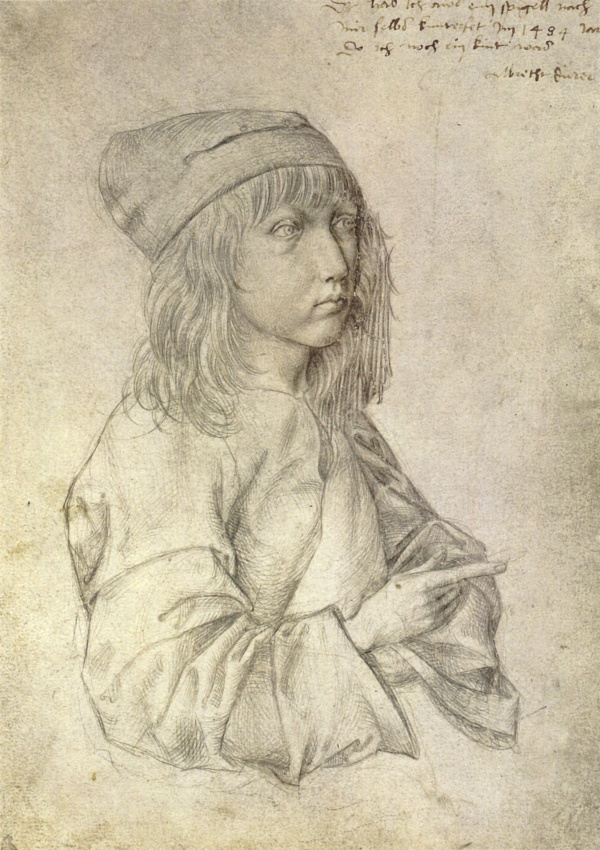Facts About Portrait Diptych of Dürer's Parents
A Glimpse into Dürer's Family: The Portrait Diptych of His Parents
The "Portrait Diptych of Dürer's Parents" is a distinguished pair of late-15th-century portrait panels created by the renowned German artist Albrecht Dürer. These portraits depict his parents, Barbara Holper and Albrecht Dürer the Elder, capturing the passage of time etched on their faces. The artworks not only underscore familial ties but may also have served as a demonstration of Dürer's burgeoning artistic prowess or as keepsakes during his travels as a young painter.
Initially, these panels were thought to be part of a set, possibly intended as pendants or diptych wings, though the exact original configuration remains uncertain. The portrait of Dürer’s father is frequently deemed the more remarkable of the two, illustrating Dürer’s exceptional skill in rendering intricate and truthful likenesses. These portraits are among the few surviving images Dürer created of his parents, depicting their aged visages with unembellished realism.
Technically, the paintings exhibit elements such as the three-quarter view and the inclusion of religious symbols, like rosary beads, manifesting the influence of late-15th-century southern German portraiture. Dürer's meticulous attention to his parents' features draws parallels with the Early Netherlandish painters. The impact of artists such as Jan van Eyck and Rogier van der Weyden is readily apparent in Dürer’s execution.
Barbara Holper and Albrecht the Elder are rendered with striking detail, reflecting the wear of years and the adversities they endured, including the loss of several children. Dürer's profound respect and affection for his parents are evident through his writings, elucidating a deep emotional connection.
Over time, the provenance and attribution of these portraits have been scrutinized extensively. The panels were separated for many years before being reunified in an exhibition in 2012. Art historians have meticulously explored the technical aspects, composition, and historical context to gain deeper insight into Dürer’s depiction of his parents and his artistic development.

 Poland
Poland